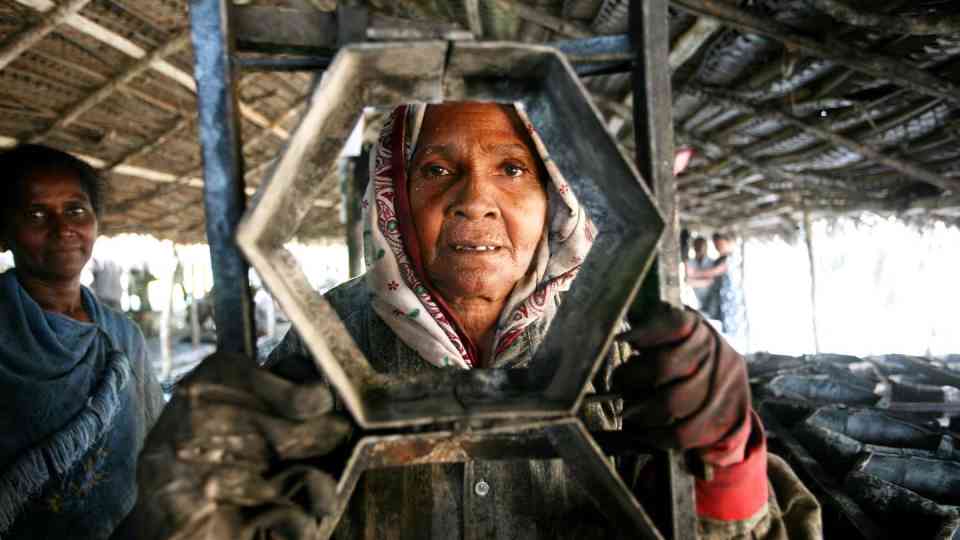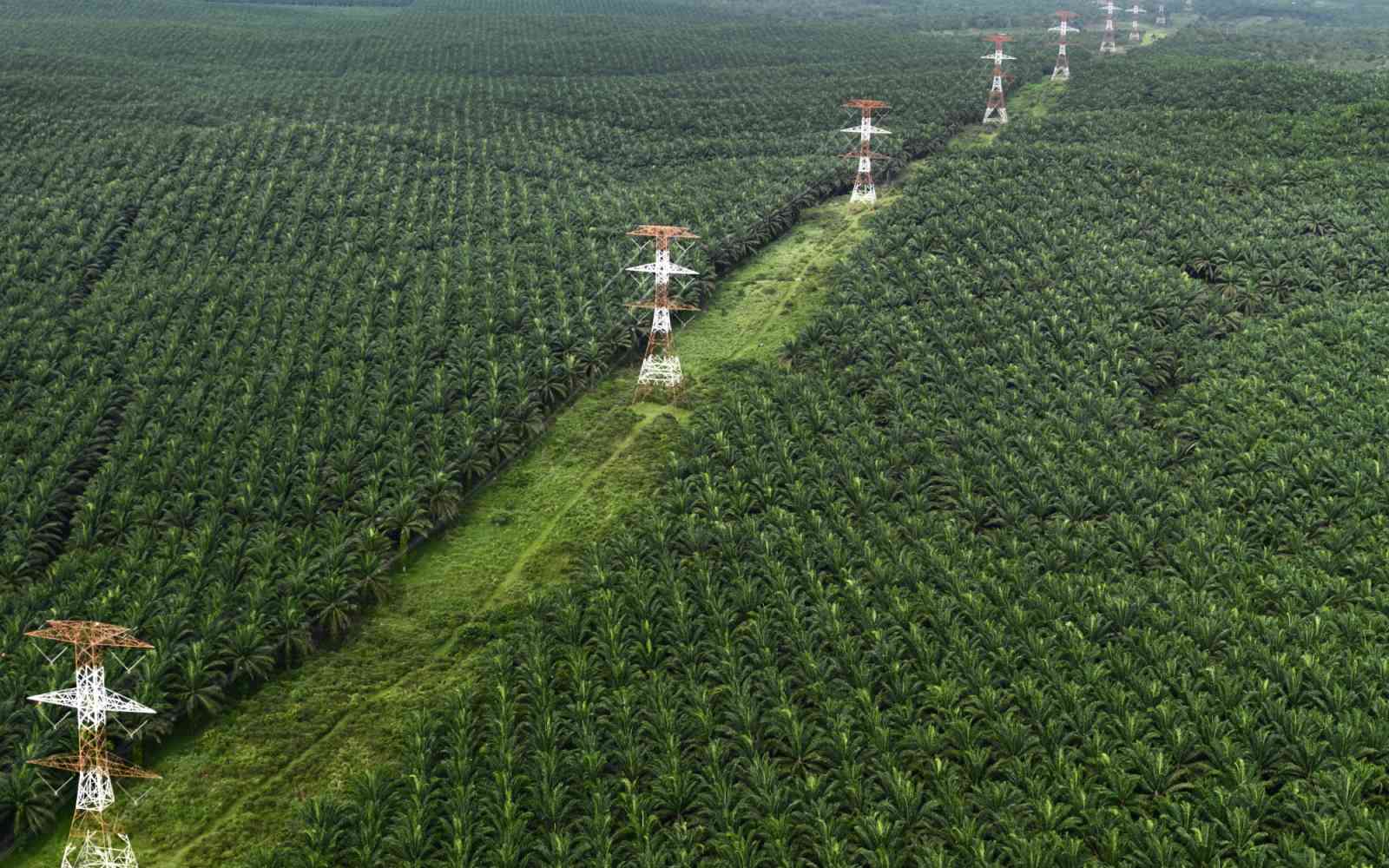The United Nations Office for Project Services (UNOPS)

Fishing for prosperity
The Nilwella harbour sits along the southern coast of Sri Lanka. More than 2,000 families make their living here from fishing activities.
Early each morning, hundreds of fishermen make their way to one of the many boats bobbing along near the shores of the Indian Ocean. They untie ropes on the waiting vessels and set-off on another journey. Some of them leave for as long as 30 days at a time, in one of the 210 multi-day fishing boats that anchor here. Others make it a day trip in one of the 50 one-day or 200 traditional small boats that pepper the waters nearby.

After hours and often days of casting their nets into the ocean, these Sri Lankan fishermen bring home harvests heavy with yellowfin tuna, sail fish and sword fish. The seafood is then unloaded, weighed and readied for buyers. Some fish is salted and dried — a delicacy in Sri Lanka — before sale.


Six years ago, the area looked different. The Nilwella harbour that one sees today was nothing more than a blueprint. A partial breakwater stood in its place — one hard for fisher-folk to navigate. The breakwater was shallow and had no quay walls for boats to dock. The larger multi-day boats could not pull-up close to shore and smaller boats would travel back and forth to unload the catch. This used up valuable time and resources. It delayed the supply of fresh seafood to interested buyers.
All the loading of fuel, water, ice and rations needed to be done through smaller boats. Even the unloading of fish used to be done like that. Because of this, most of the boats didn't want to come here.
The construction of the harbour changed how the local community works. Now all boats can dock and unload fresh seafood directly onto the shores. Buyers — market sellers or intermediaries — can make their purchases as soon as the boats dock.

"It is now much easier for both larger companies and local smaller suppliers to come and directly purchase the fish from us. This means we also get a better price for the fish," added the fisherman.
Another member of the community agrees:
"With the harbour set up here, it is easy for us to unload the fish and directly take it home to prepare dried fish for our home businesses."

The facilities make it easier for boats to buy supplies like diesel, kerosene and freshwater for their journeys. Now, the people of Nilwella have more time to focus on the activities that help their communities prosper.

Project details
The construction of the Nilwella Harbour is part of a larger project in Sri Lanka. A $10.67 million International Fund for Agricultural Development-funded project, implemented in partnership with the Ministry of Fisheries, helped construct 13 fishery landing sites and two anchorages. The project was developed in the aftermath of the 2004 tsunami, which destroyed much of the fishing infrastructure and damaged the livelihoods of thousands of fishermen.
UNOPS worked closely with Government to shape and implement the construction efforts. The project benefits over 100,000 people across the country.
The Nilwella Harbour includes: breakwaters, a quay wall, an administration building, a weigh bridge, fencing, a security depot, an ice maker, fuel storage and dispensing systems, and a fresh water storage and dispensing system.











